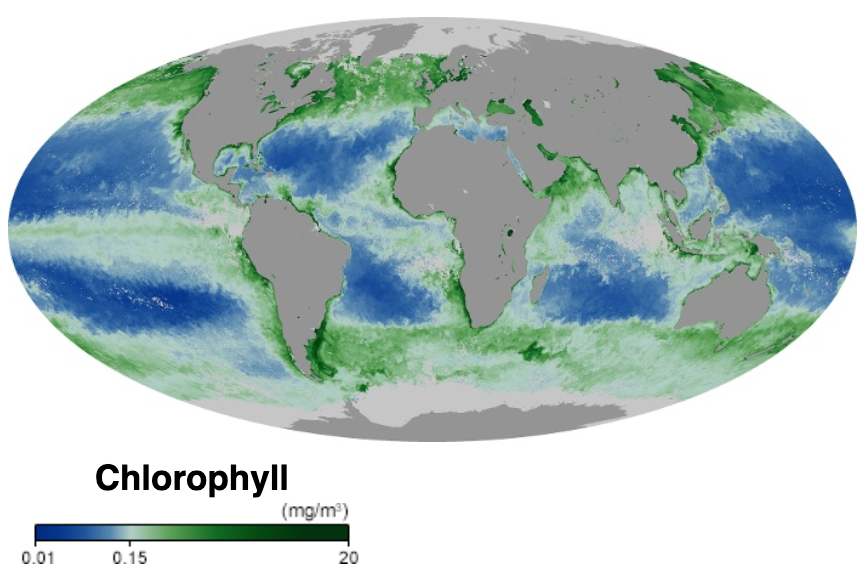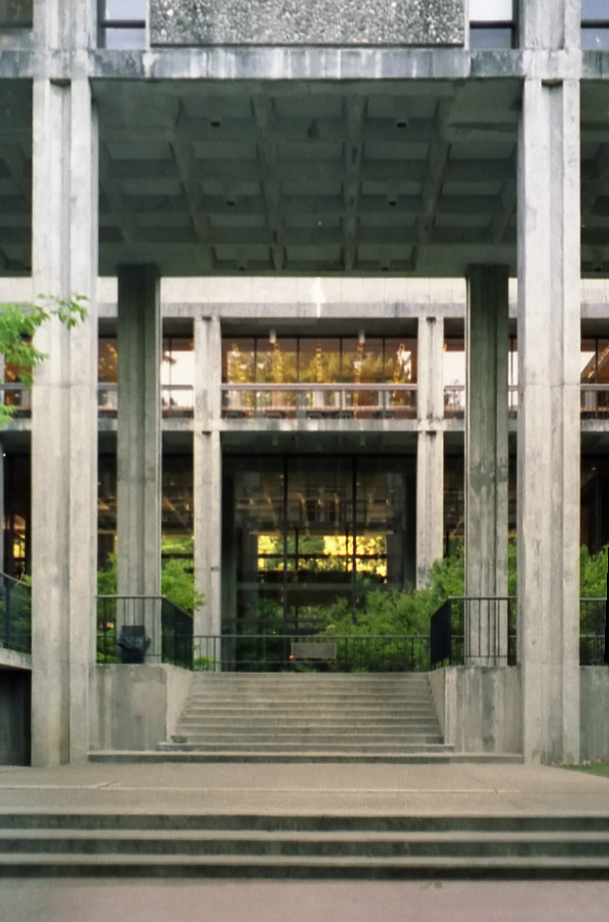|
Endocladia Muricata
''Endocladia muricata'', commonly known as nailbrush seaweed or turfweed, is a marine alga that is widely distributed along the shores of the North Pacific Ocean, from Alaska to Punto Santo Tomas, Baja California. ''E. muricata'' is common north of Point Conception, and is one of the most common algae in the high intertidal zone of the central California, coast. It commonly forms the top-most conspicuous band of seaweed along that coast. ''E. muricata'' often grows with '' Pelvetiopsis limitata'' (dwarf rockweed) and '' Mastocarpus papillatus'' (Turkish washcloth), on rocks in the high intertidal. at SeaNet, Hopkins Marine Lab ''E. muricatas is 4–8 cm tall, short & bushy; branc ... [...More Info...] [...Related Items...] OR: [Wikipedia] [Google] [Baidu] |
Cambria, California
Cambria () is a seaside village in San Luis Obispo County, California, United States midway between San Francisco and Los Angeles along California State Route 1 (Highway 1). The name Cambria, chosen in 1869, is the Latin name for Wales. Cambria is situated amidst Monterey pines in one of only three such native forests. Previously, the town had gone by the names of Slabtown, Rosaville, San Simeon, and Santa Rosa. For statistical purposes, the United States Census Bureau has defined the unincorporated community as a census-designated place (CDP). The CDP had a population of 5,678 at the 2020 census, down from 6,032 at the 2010 census. History Local tribes The earliest human settlement of this area is known to be associated with prehistoric habitation by the Native American Chumash peoples, who harvested along the coastal area, with emphasis upon sites that were close to rivers. Although recorded history of the tribes in this region does not begin until the explorers and missi ... [...More Info...] [...Related Items...] OR: [Wikipedia] [Google] [Baidu] |
Marine Algae
Marine primary production is the chemical synthesis in the ocean of organic compounds from atmospheric or dissolved carbon dioxide. It principally occurs through the process of photosynthesis, which uses light as its source of energy, but it also occurs through chemosynthesis, which uses the oxidation or reduction of inorganic chemical compounds as its source of energy. Almost all life on Earth relies directly or indirectly on primary production. The organisms responsible for primary production are called primary producers or autotrophs. Most marine primary production is generated by a diverse collection of marine microorganisms called algae and cyanobacteria. Together these form the principal primary producers at the base of the ocean food chain and produce half of the world's oxygen. Marine primary producers underpin almost all marine animal life by generating nearly all of the oxygen and food marine animals need to exist. Some marine primary producers are also ecosystem en ... [...More Info...] [...Related Items...] OR: [Wikipedia] [Google] [Baidu] |
North Pacific Ocean
North is one of the four compass points or cardinal directions. It is the opposite of south and is perpendicular to east and west. ''North'' is a noun, adjective, or adverb indicating direction or geography. Etymology The word ''north'' is related to the Old High German ''nord'', both descending from the Proto-Indo-European unit *''ner-'', meaning "left; below" as north is to left when facing the rising sun. Similarly, the other cardinal directions are also related to the sun's position. The Latin word ''borealis'' comes from the Greek '' boreas'' "north wind, north", which, according to Ovid, was personified as the wind-god Boreas, the father of Calais and Zetes. ''Septentrionalis'' is from ''septentriones'', "the seven plow oxen", a name of ''Ursa Major''. The Greek ἀρκτικός (''arktikós'') is named for the same constellation, and is the source of the English word ''Arctic''. Other languages have other derivations. For example, in Lezgian, ''kefer'' can mean b ... [...More Info...] [...Related Items...] OR: [Wikipedia] [Google] [Baidu] |
Alaska
Alaska ( ; russian: Аляска, Alyaska; ale, Alax̂sxax̂; ; ems, Alas'kaaq; Yup'ik: ''Alaskaq''; tli, Anáaski) is a state located in the Western United States on the northwest extremity of North America. A semi-exclave of the U.S., it borders the Canadian province of British Columbia and the Yukon territory to the east; it also shares a maritime border with the Russian Federation's Chukotka Autonomous Okrug to the west, just across the Bering Strait. To the north are the Chukchi and Beaufort Seas of the Arctic Ocean, while the Pacific Ocean lies to the south and southwest. Alaska is by far the largest U.S. state by area, comprising more total area than the next three largest states (Texas, California, and Montana) combined. It represents the seventh-largest subnational division in the world. It is the third-least populous and the most sparsely populated state, but by far the continent's most populous territory located mostly north of the 60th parallel, with ... [...More Info...] [...Related Items...] OR: [Wikipedia] [Google] [Baidu] |
Baja California
Baja California (; 'Lower California'), officially the Free and Sovereign State of Baja California ( es, Estado Libre y Soberano de Baja California), is a state in Mexico. It is the northernmost and westernmost of the 32 federal entities of Mexico. Before becoming a state in 1952, the area was known as the North Territory of Baja California (). It has an area of (3.57% of the land mass of Mexico) and comprises the northern half of the Baja California Peninsula, north of the 28th parallel, plus oceanic Guadalupe Island. The mainland portion of the state is bordered on the west by the Pacific Ocean; on the east by Sonora, the U.S. state of Arizona, and the Gulf of California; on the north by the U.S. state of California; and on the south by Baja California Sur. The state has an estimated population of 3,769,020 as of 2020, significantly higher than the sparsely populated Baja California Sur to the south, and similar to San Diego County, California, to its north. Over 75% of ... [...More Info...] [...Related Items...] OR: [Wikipedia] [Google] [Baidu] |
Point Conception
Point Conception (Chumash: ''Humqaq'') is a headland along the Gaviota Coast in southwestern Santa Barbara County, California. It is the point where the Santa Barbara Channel meets the Pacific Ocean, and as the corner between the mostly north-south trending portion of coast to the north and the east-west trending part of the coast near Santa Barbara, it makes a natural division between Southern and Central California, and is commonly used as such in regional weather forecasts. The Point Conception Lighthouse is at its tip. Toponymy Point Conception was named ''Cabo de Galera'' by Spanish maritime explorer Juan Rodriguez Cabrillo in 1542. In 1602, Sebastian Vizcaíno sailed past again, renaming the protruding headland ''Punta de la Limpia Concepción'' ("Point of the Immaculate Conception"). Vizcaíno's name stuck, and was later anglicized to today's version. Chumash beliefs The Chumash people of the region have traditionally known Point Conception as the "Western Gate", thro ... [...More Info...] [...Related Items...] OR: [Wikipedia] [Google] [Baidu] |
Mastocarpus Papillatus
''Mastocarpus papillatus'', sometimes called Turkish washcloth, black tar spot, or grapestone is a species of red algae in the family Phyllophoraceae. It is sometimes confused with the distantly related ''Turkish towel'' ('' Chondracanthus exasperatus'') which is of a similar texture but larger. The specific epithet ''papillatus'' ('with papillae') is due to the nipple-like projections on the female gametophyte which can give the texture of a terrycloth washcloth found at a Turkish bath. Distribution Despite the common name, it grows nowhere near Turkey. It is instead native to the northeastern Pacific Ocean and commonly can be found in California, Oregon, Washington, British Columbia, and Alaska. It has been found growing as far north as the Commander Islands and the Russian Far East, and as far south as Chile. Habitat It grows on rocky substrates in the high- to mid-intertidal zones and has been found growing at depths of 250 m. Like many red algae species, it uses ph ... [...More Info...] [...Related Items...] OR: [Wikipedia] [Google] [Baidu] |
UC Santa Cruz
The University of California, Santa Cruz (UC Santa Cruz or UCSC) is a public land-grant research university in Santa Cruz, California. It is one of the ten campuses in the University of California system. Located on Monterey Bay, on the edge of the coastal community of Santa Cruz, the campus lies on of rolling, forested hills overlooking the Pacific Ocean. Founded in 1965, UC Santa Cruz began with the intention to showcase progressive, cross-disciplinary undergraduate education, innovative teaching methods and contemporary architecture. The residential college system consists of ten small colleges that were established as a variation of the Oxbridge collegiate university system. Among the Faculty is 1 Nobel Prize Laureate, 1 Breakthrough Prize in Life Sciences recipient, 12 members from the National Academy of Sciences, 28 members of the American Academy of Arts and Sciences, and 40 members of the American Association for the Advancement of Science. Eight UC Santa Cruz alumni ... [...More Info...] [...Related Items...] OR: [Wikipedia] [Google] [Baidu] |
Thallus
Thallus (plural: thalli), from Latinized Greek (), meaning "a green shoot" or "twig", is the vegetative tissue of some organisms in diverse groups such as algae, fungi, some liverworts, lichens, and the Myxogastria. Many of these organisms were previously known as the thallophytes, a polyphyletic group of distantly related organisms. An organism or structure resembling a thallus is called thalloid, thallodal, thalliform, thalline, or thallose. A thallus usually names the entire body of a multicellular non-moving organism in which there is no organization of the tissues into organs. Even though thalli do not have organized and distinct parts (leaves, roots, and stems) as do the vascular plants, they may have analogous structures that resemble their vascular "equivalents". The analogous structures have similar function or macroscopic structure, but different microscopic structure; for example, no thallus has vascular tissue. In exceptional cases such as the Lemnoideae, where ... [...More Info...] [...Related Items...] OR: [Wikipedia] [Google] [Baidu] |
Algaebase
AlgaeBase is a global species database of information on all groups of algae, both marine and freshwater, as well as sea-grass. History AlgaeBase began in March 1996, founded by Michael Guiry. Text was copied from this source, which is available under Attribution 4.0 International (CC BY 4.0)licence. (Sehere. By 2005, the database contained about 65,000 names. In 2013, AlgaeBase and the Flanders Marine Institute (VLIZ) signed an end-user license agreement regarding the Electronic Intellectual Property of AlgaeBase. This allows the World Register of Marine Species (WoRMS) to include taxonomic names of algae in WoRMS, thereby allowing WoRMS, as part of the Aphia database, to make its overview of all described marine species more complete. Synchronisation of the AlgaeBase data with Aphia and WoRMS was undertaken manually until March 2015, but this was very time-consuming, so an online application was developed to semi-automate the synchronisation, launching in 2015 in conju ... [...More Info...] [...Related Items...] OR: [Wikipedia] [Google] [Baidu] |
Monterey, California
Monterey (; es, Monterrey; Ohlone: ) is a city located in Monterey County on the southern edge of Monterey Bay on the U.S. state of California's Central Coast. Founded on June 3, 1770, it functioned as the capital of Alta California under both Spain (1804–1821) and Mexico (1822–1846). During this period, Monterey hosted California's first theater, public building, public library, publicly-funded school, printing-press, and newspaper. It was originally the only port of entry for all taxable goods in California. In 1846, during the Mexican–American War of 1846–1848, the United States Flag was raised over the Customs House. After Mexico ceded California to the U.S. at the end of the war, Monterey hosted California's first constitutional convention in 1849. The city occupies a land area of and the city hall is at above sea level. The 2020 census recorded a population of 30,218. Monterey and the surrounding area have attracted artists since the late 19th-century, an ... [...More Info...] [...Related Items...] OR: [Wikipedia] [Google] [Baidu] |






.jpg)